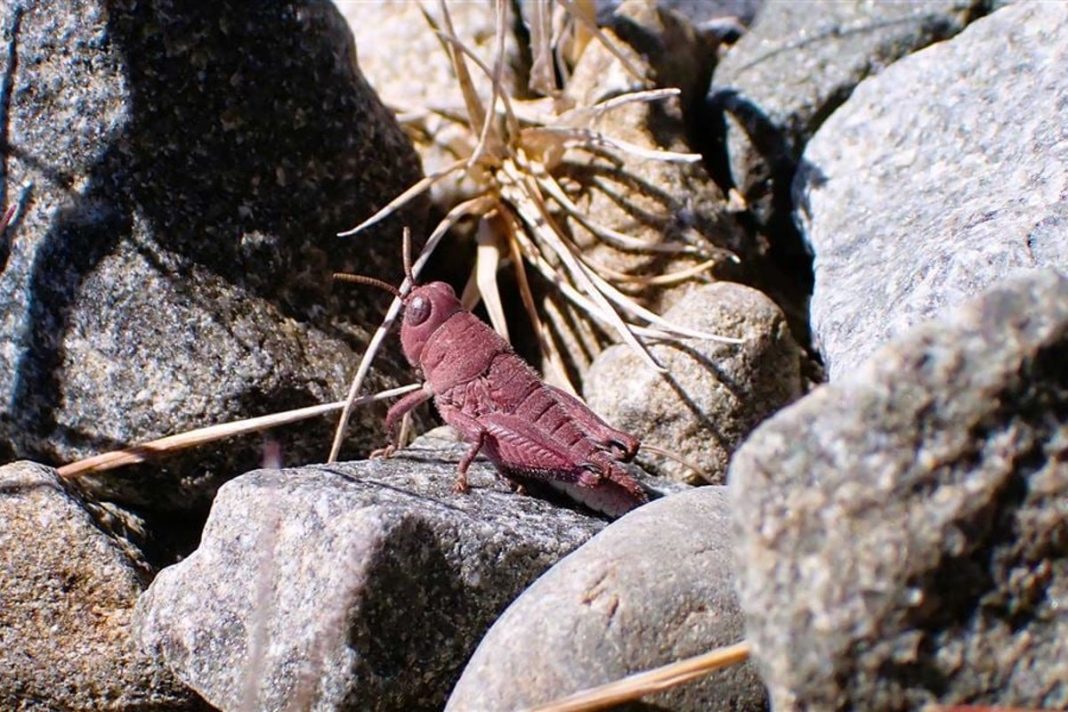Key Takeaways
- An exceptionally rare pink grasshopper was discovered in New Zealand’s Mackenzie basin
- The colour is caused by a genetic mutation called erythrism
- This endangered species faces increased predation risk due to its unusual colour
- The sighting marks a significant discovery for conservation researchers
In a remarkable wildlife discovery, researchers have spotted an ultra-rare pink grasshopper during a survey in New Zealand’s Mackenzie basin. The finding represents one of the few documented cases of this colour mutation in the endangered Sigaus robustus species.
Rare Genetic Mutation
Department of Conservation ranger Jen Schori made the unexpected discovery while studying the grasshoppers. “I’ve been studying these amazing creatures for years. They are usually grey or brown coloured like river stones. I’d heard rumours about a pink one but never seen one myself. It was so exciting,” Ms Schori said.
The pink coloration results from a genetic condition called erythrism, which causes overproduction of red pigment and reduction of the species’ natural pigments. This mutation makes the insect stand out dramatically from its typically camouflaged counterparts.
Survival Challenges
The vibrant pink colour that makes this grasshopper special also puts it at greater risk. “The pink one will unfortunately stand out even more to predators which is why this sighting is so special,” explained Ms Schori.
These endangered grasshoppers already face threats from hedgehogs, cats and birds. Their clumsy landing behavior and vulnerability make protection efforts crucial for their survival.
Conservation Efforts
Conservationists have implemented innovative protection measures for the species. In 2018, rangers installed what’s believed to be the world’s first predator exclusion fence specifically designed for insect protection in the Mackenzie basin.
Unfortunately, the newly discovered pink female was found outside this protected area and must fend for herself. However, researchers remain hopeful about her potential to contribute to the population.
“They do live up to their name, they’re quite robust and the females are double the size of the males. Maybe she will breed, and we will see some more pink ones,” Ms Schori said.
The discovery highlights the ongoing importance of conservation research and the unexpected wonders still found in New Zealand’s unique ecosystems.




